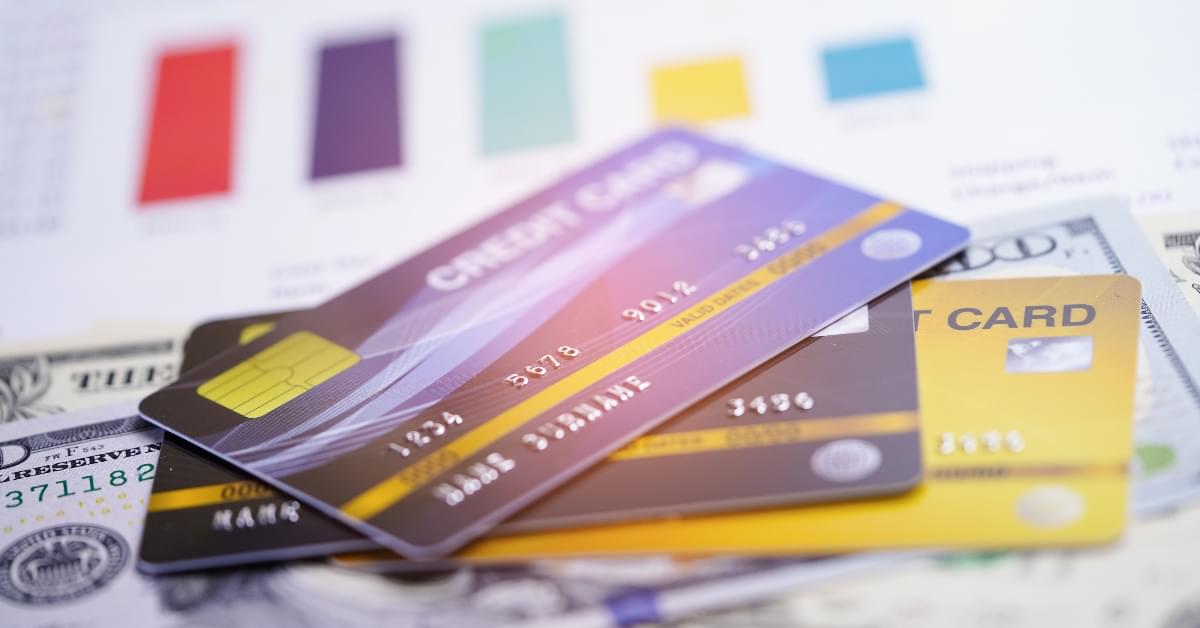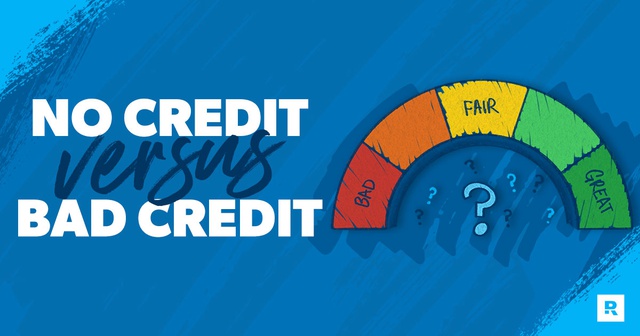
Although there are some differences, your credit score should remain high. Also, poor scores will not go away. Each credit scoring model uses different methods to calculate your score. They all aim to predict credit risk. This will affect your credit score.
New model for credit scoring
All three credit reporting agencies will have access to the new FICO10 credit scoring model by 2020. It is expected the model will improve the credit scores in 40 million people and reduce scores in 110 million others. It uses trend data to predict the likelihood that a consumer will default. In general, consumers with excellent payment history and a low balance will have a higher FICO score than those with a high balance.
FICO 10 uses a multi-dimensional approach for credit scoring. It includes trends data on revolving amounts, minimum payment requirements, amount paid toward dues. The combination of these data points allows the new FICO 10 model to identify consumers who pay off their accounts on time. This approach also reduces the impact of a single event. This means that paying a single amount for vacation costs will not negatively impact your credit score. However a series late payments or high-interest debt will.

Modifications to older models
New FICO 10 credit score models have made a variety of improvements to the credit scoring process. The new model takes into account new data and algorithms to calculate credit scores. The average score increase for almost 40 million consumers will be 20 points. These changes aim to reduce disparities in scores between consumers with different credit histories.
One modification to the scoring model is the inclusion of trended information, which displays credit card or debt balances in the last 24 months. This information rewards responsible use of credit cards, while harming those who are falling behind in payments. It also penalizes people who have multiple debts or a high percentage of credit utilization.
Impact on non-traditional credits
FICO 10T, a new scoring algorithm, uses more recent data than FICO10Basic. This data allows for more accurate prediction of a borrower's credit risk than the basic FICO10 Score. A basic FICO score is based on a snapshot of the consumer's credit report. The credit utilization part of the score is particularly helpful because it uses trending data. Credit scores previously considered only the past 7-10 years of payment history. That means a rising balance will hurt a borrower's score.
New model takes into consideration the usage rate of all credit cards and averages the peaks, valleys. This means that even a 20-point drop in one credit account can have a huge impact on the credit scores of millions. Luckily, for renters who don't own their own home, they can rely on the landlord's credit data to determine whether or not they can borrow money.

UltraFICO(tm), Score Changes
Fair Isaac Corporation's credit scoring system UltraFICO was created. This score is especially useful for consumers with bad credit ratings or limited credit histories. Scores for those with low credit scores and financial distress are likely to increase by more than 20% under the new scoring system.
The new scoring system relies on more data that the FICO credit score. It also includes cash flow data derived from bank accounts. Although those data are not necessarily indicative of a consumer’s creditworthiness and creditworthiness in general, UltraFICO aims to increase credit availability for all.